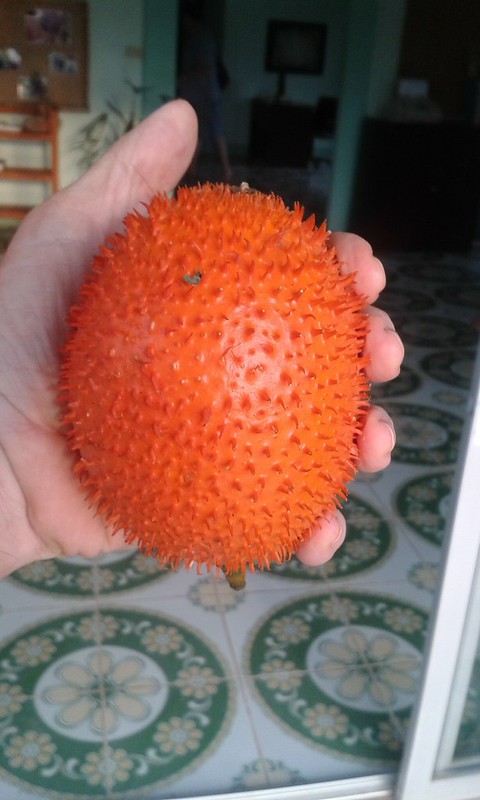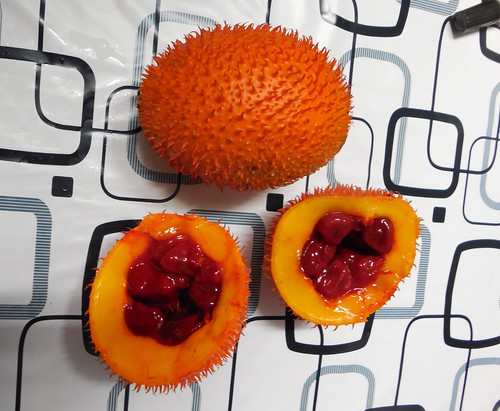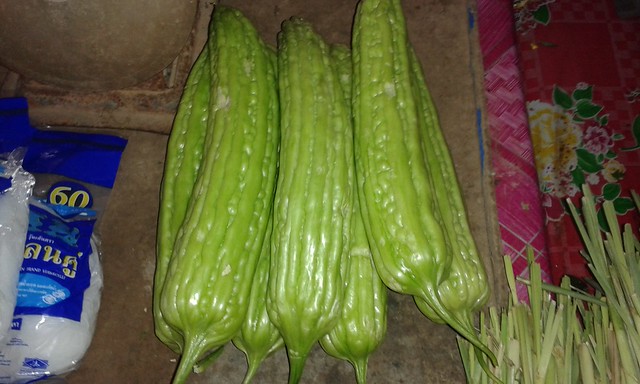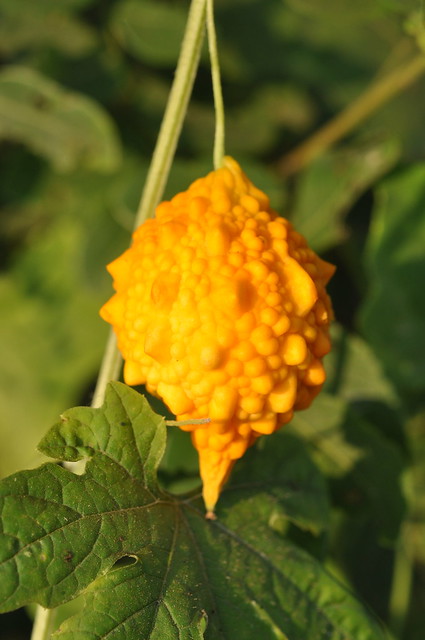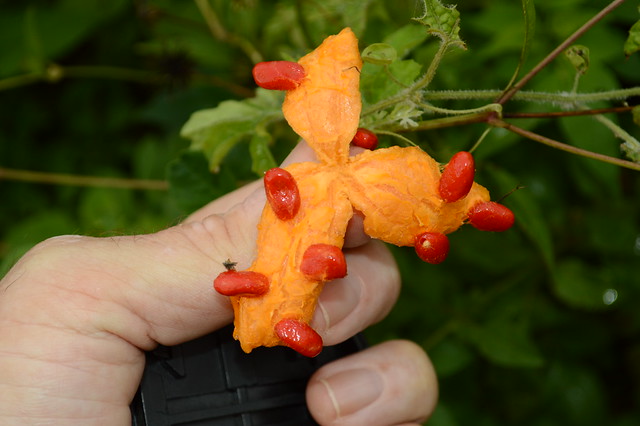When one teaches such a subject, one becomes aware of just how complicated the English language is to read and write. For as difficult as the Thai language is to write (because of the various symbols that can be used to represent the same sound), it is fairly easy to pronounce. Vowels only have one sound. Cononants only have one sound. There are some exceptions to tone rules, but they are fairly few.
(For a light-hearted review of the Thai writing system, see https://www.youtube.com/watch?v=gKVtpCByEy4)
English, on the other hand...
Well, lets start with a paper brand they sell in Thailand. This particular brand, Alcott, is used by the largest copy shop here in Wiang Kaen.

Alcott is a name that is dear to me. It is the name of the school I attended for 8 years. (I am one of few who did this. When my siblings attended the school it only went to 6th grade. After I left it became a middle school.) The school is named after Amos Bronson Alcott (father of Louisa May Alcott). I also have some relational connections to the name. (For more on that, see my brother's blog here: http://ramblinrussells.blogspot.com/2015/05/genealogy-story-my-wolcott-connections.html)
The pronunciation of the vowels in Alcott follows the standard rules. Since both syllables each have only one vowel, the vowels have a short vowel sound.
The name of the town that the school is located in, however, is a different story:
Wolcott.
Wolcott is named after the person who was governor of Connecticut at the time the town was incorporated. He played a critical role in its becoming separated from Farmingbury to be a town in its own right. I have no idea how HE pronounced is name. But I do know how I grew up saying it.
If one followed the normal rules Wolcott would be pronounced something like wahl-kaht. And maybe in some places that is how they say it--
--but not where I grew up (who knows, maybe its changed since then).
Instead it's pronounced more like what happens when a sheep goes to the barber:
wool-cut

Go figure!
Students of English, I feel your pain.
I summarize the difference between English and Thai this way:
In English a letter has many sounds.
In Thai, a sound has many letters.
A few weeks ago we were at a conference where there were representatives from several language and culture groups. My favorite part is when we were all praying aloud in our own languages. I quit praying just to listen. I don't know what was being said, but it was beautiful.
Somehow God can figure all of that out. For me I look forward to that day when language will no longer be a barrier to communication. I imagine heaven to be somewhat like that time in the early days of the church when "they were bewildered, because each one was hearing them speak in his own language." (Acts 2:6b ESV)
(Meanwhile I will keep trying to improve my Thai language abilities.)

